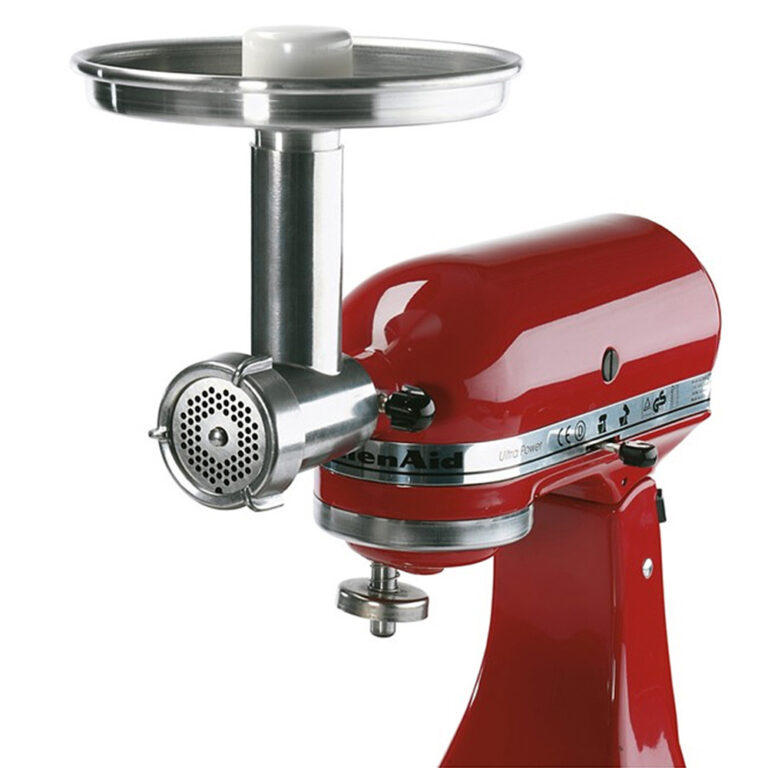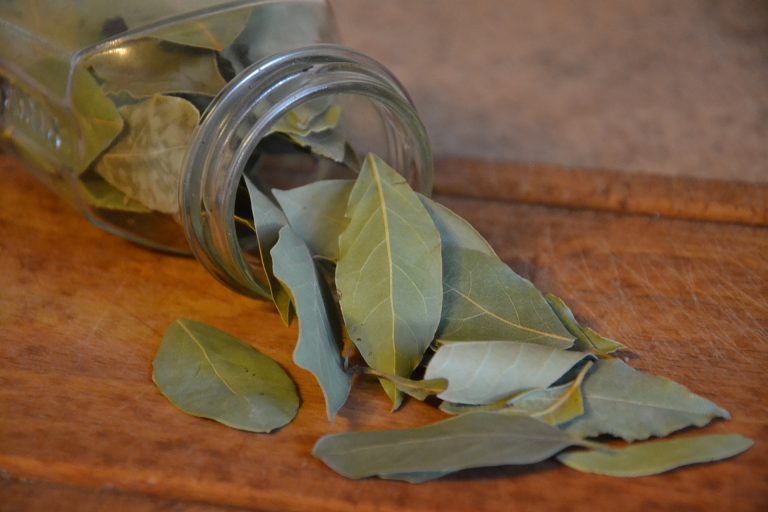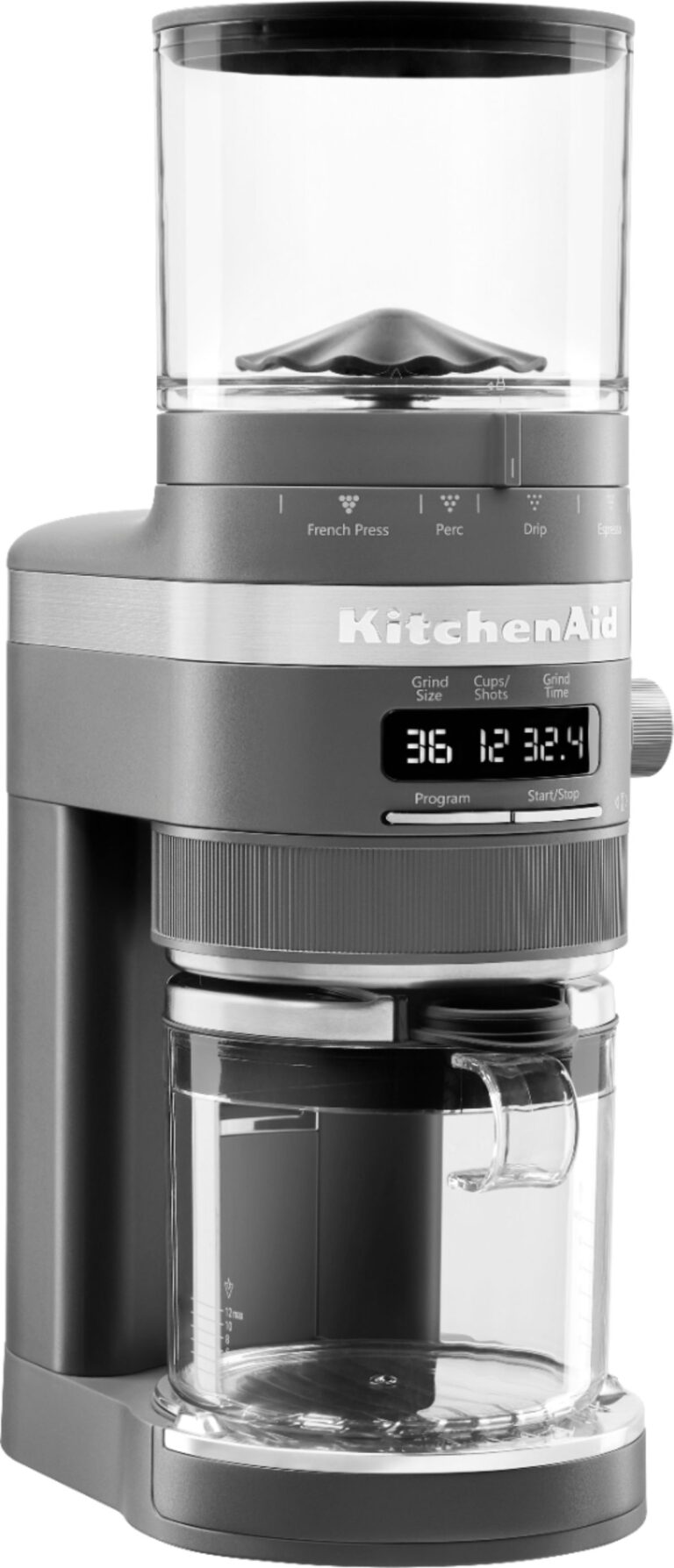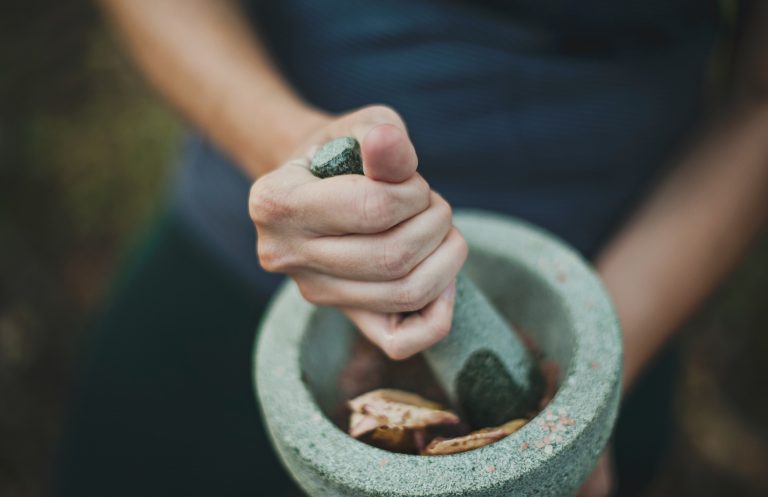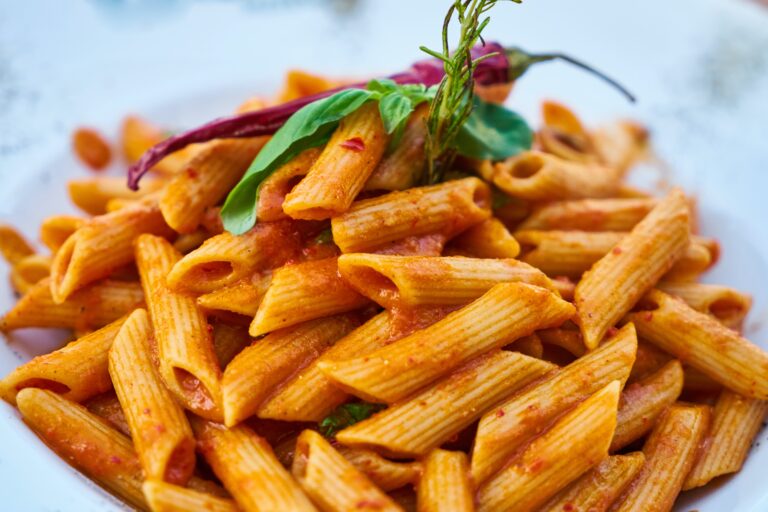Can You Grind Tea Leaves In A Coffee Grinder?
Since the accidental discovery of tea by a Chinese emperor, there have been many modifications to how it can be made and taken.
Tea can be taken by anyone who doesn’t have an allergic reaction to the left ingredients, and it comes in different flavors and types depending on your choice or mood.
When it comes to making homemade tea, can you grind tea leaves in a coffee grinder?
A coffee grinder has its primary purpose, which is to grind the coffee, but you can also use a coffee grinder if you don’t have any kitchen equipment required for the process such as a kitchen blender, mortar, and pestle, or a leaf.
Coffee grinders are not out of place when it comes to decimating your leaves, as long as you do it right.
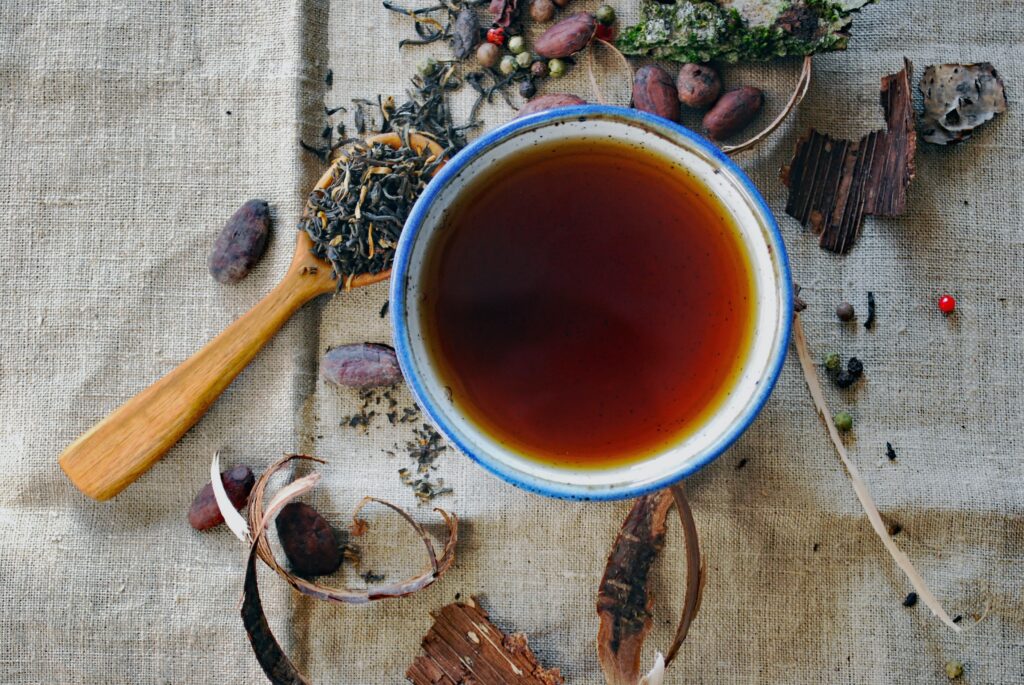
Table of Contents
How To Grind Herbs For Tea Using A Coffee Grinder?
If you have a coffee grinder at home and you wish to enjoy the rasping taste of tea, there are some simple steps to follow if you want the best result from the process.
Step 1:
Plugging your coffee grinder into a power source is the first thing you should do if you own an electric coffee grinder, but make sure it is clean before doing so.
Step 2:
Depending on the tea recipe you are following, you should set your coffee grinder to the size outlined in the recipe to get the best result.
If the size specified in your recipe does not correspond to the setting on the coffee grinder, you should use the closest size available.
Step 3:
As soon as you set the coffee grinder to the specified size, put the leaves and other tea ingredients in the coffee grinder and ensure they are evenly distributed in the chamber by using the required apparatus or simply shaking the coffee.
Step 4:
After your tea ingredients or leaves are properly fitted in the coffee grinder, press and hold the grind button for 30 seconds, but make sure you release the hold every 10 to 15 seconds interval to prevent the leaves from overheating.
Continue until you get the blend you want. If you want to get the exact result you want, you can pour out the coffee ground leaves and use the pestle.
If you want to use a kitchen blender, you can still use the procedure.
How To Grind Tea Without A Grinder?
You can always get the best out of your tea leaves if you don’t have a grinder. There are a few ways in which you can grind your tea leaves.
Mortar And Pestle
A mortar and pestle will do a good job, even if you don’t have a blender. The leaves should be placed in the mortar with the quantity required for consumption.
You might want to repeat the process about two times to get the best result because some mortar has a very small build.
You can pound the leaves in the mortar from time to time for quicker results if you twist the pestle as it makes contact with the leaves in the mortar.
The coarse inner bowl surface of mortars helps to speed up the process by making sure there is enough friction.
Once you are done, use a spoon to scoop out the grounded leaves from within the mortar, place them in a sift, and then filter through to get the better particles.
Grating
I wouldn’t advise you to use a Microplane grater if you want to make tea from herbs that are not a leaf.
If your tea ingredients have a very solid and rigid structure, hold your Microplane grater standing over a little plate, with the hand holding it, and pressing it down to prevent it from moving.
On the grinding side of the Microplane grater, you can run the entire ingredient down the length of the teeth.
Slowly, so that you don’t accidentally run your fingertips along with the teeth of the grater. Continue the process until the herbs are small enough to not hurt your fingers on the grate.
Sack And Rock
This might look out of place, but using a sack and rock of a reasonable size can be very effective. Take your tea leaves and put them into a sack.
Tie the open end of the sack to stop the leaves from spilling out.
Once the opening is secured, use your rock to gently hit the surface of the sack while making meaningful contact with the leaves within, which is similar to the working mechanism of a mortar and pestle.
While using a mortar, you can also use the twist motion to improve the result. You should keep hitting the sack with the rock until you get the required result.
The other side of the sack should be turned to ensure smooth grinding.
If you want to separate the fine particles from the grounded tea leaves, sift the grounded tea leaves to separate them.
Is It Possible To Grind Tea Leaves Into Powder?
Tea leaves can be ground into powder, but there are some things you should keep in mind when you do it.
Commercial producers of tea will often grind tea leaves into a fine mixture to maximize the flavor of the leaves, and also increase the steep speed of the tea in question.
Some tea experts do not agree with the powder tea formula. Good tea simply requires more tea leaves, that’s what they believe.
The experts believe that straining for long, regardless of the size, is not a very good idea.
Tea experts believe that when tea leaves are ground to powder form, the powder tends to pass through the mesh, unless you use a thicker mesh for this procedure.
Tea companies make their tea bags with thin filter papers to deal with this flaw.
If you want to make your own powdered tea, you should place silk on your tea strainer and pour your tea through it to prevent the powder from getting into your teacup.
If you want to use tea socks, simply put your tea powder into the socks, then steep your tea in the same way you do a teabag.
Is It Possible To Ground Green Tea To Make Matcha?
Unlike your regular tea, you don’t need to steep the Matcha to get its enriching flavors.
Matcha can be made from green tea, but there are certain ingredients you have to use to get a better result.
Do you like Japanese green tea, or do you want to try it for the first time? The easiest way to get the best result is by following the simple recipe.
Making Matcha Powder From Green Leaves
The following are the ingredients needed in making this groundbreaking tea.
- Handmade bamboo whisk.
- Green tea powder, or Matcha powder.
- Tea strainer.
- A measuring ladle.
Step 1:
You need to note the required quantity to get the best result from the brew recipe. If you don’t know the amount you need, you shouldn’t be involved in the process.
Put about 2 grams or 1 12 of matcher powder into your strainer to brew a cup of Matcha tea.
If you want to make more quantity, you can simply add up the number of cups you want to make to get the number you want.
Step 2:
To make sure you don’t have any clumps when having your tea, sift your Matcha powder into a tea bowl using a strainer and swirl it with your ladle.
The ladle can be used to ensure that the Matcha powder is quickly removed from the strainer. When you finish the sifting process, you should have a smooth residue.
You can either dispose of the chafe if you please or keep them in a container pending when you have enough to make a simple green tea by placing the chafe in a sock and steeping it in hot water.
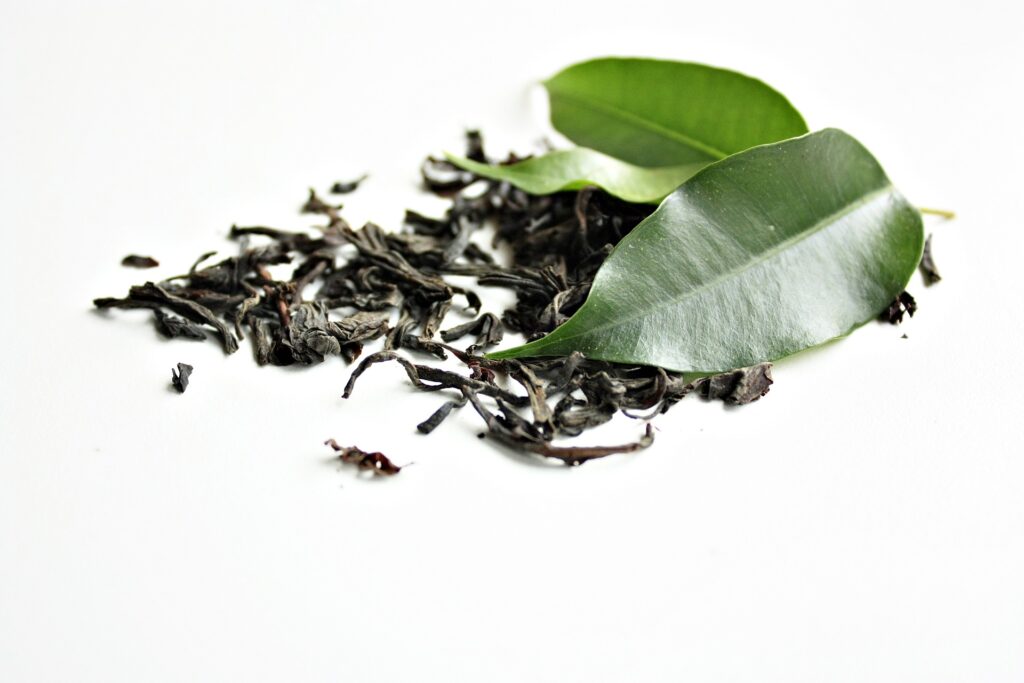
Step 3:
After having you fine powdered Matcha in a bowl, boil water and pour it into a teacup that shouldn’t measure more than 2 ounces, then allow the water to cool for about a minute or 45 seconds at the least.
The water in the teacup should be poured into the bowl with the Matcha powder.
Step 4:
Once the hot water comes in contact with the Matcha powder, use your chasen to whisk your tea, this will enable a proper blend between the tea and the hot water.
A foamy tea, which is quite different from a smooth tea due to the slight difference in scent and flavors, can be achieved using your chasen to whisk in a zigzag manner.
The whisking process can take anywhere from 10 to 15 seconds depending on your tea preference. It is a good idea to have a bright green Matcha mixture after a while.
Step 5:
If you want to get the bright green Matcha tea, pour the mixture and make sure to drink it immediately. At the base of the teacup is where the powdered mixture should settle.
Making A Thick Matcha
If you want to make a thick Matcha, you should put a 3-spoonful of your graded Matcha powder in your strainer, and then use a bowl to carry it out.
Pour out boiling water into a teacup of about two ounces, then use your eye gauge to pour about half of the water into the powdered mixture.
The mixture of water and Matcha powder should be whisked with your chasen.
To prevent the powdered mixture from forming, it is important to introduce water into it. You ought to have thick Matcha afterward.
Is It Safe To Drink Matcha Every Day?
Yes, that is the case. The amount of caffeine required for adult consumption in a day is 400mg, which equates to about 6 cups of Matcha per day which makes Matcha very safe to consume.
I don’t think anyone would take more than three cups of Matcha a day, so it’s probably the safest tea in existence.
Conclusion
The health benefits of tea are numerous, and it is no surprise to see its popularity spread from generation to generation.
The quality of the tea itself is the reason why it is important to get it right when making your tea, even though having the perfect cup of tea has very little to do with the technique.
Drop any questions, suggestions, or observations in the comment section and I will be more than happy to help you.

Foodie and a passionate cook, I am here to share all of what I know about cooking, kitchen, and food prepping.
Follow me for delicious and healthy recipes.

